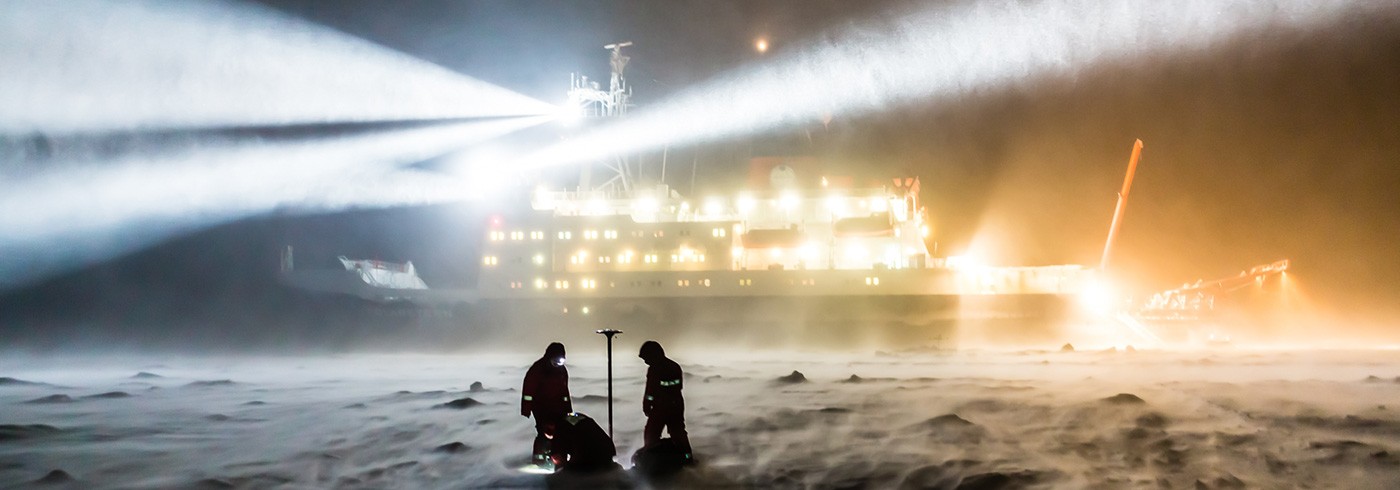This research project tied together chemical and physical process studies in order to improve our understanding of the forces that drive the natural production of halocarbons and their flow between sea and atmosphere in the Southern Ocean during the winter. Halocarbons are a group of volatile organic compounds that function as greenhouse gases. The naturally produced halocarbons also constitute one of the largest sources of bromine oxide and chlorine oxide in the atmosphere, substances that contribute to the breakdown of ozone. Up until now we had knowledge about these processes during the spring and summer, but no research had previously been conducted during the cold, dark part of the year.
The researchers studied the processes that determine the distribution of halocarbons in ocean water, the atmosphere, snow and ice by conducting field experiments during an expedition on board the German research vessel Polarstern. The project, in which atmospheric and marine chemical processes was tied together, is a cooperative effort between Swedish, English and French researchers. The researchers also collaborated with the ice biology group on board.
Principal investigator
Katarina Abrahamsson
Department of Chemistry and Molecular Biology, University of Gothenburg

